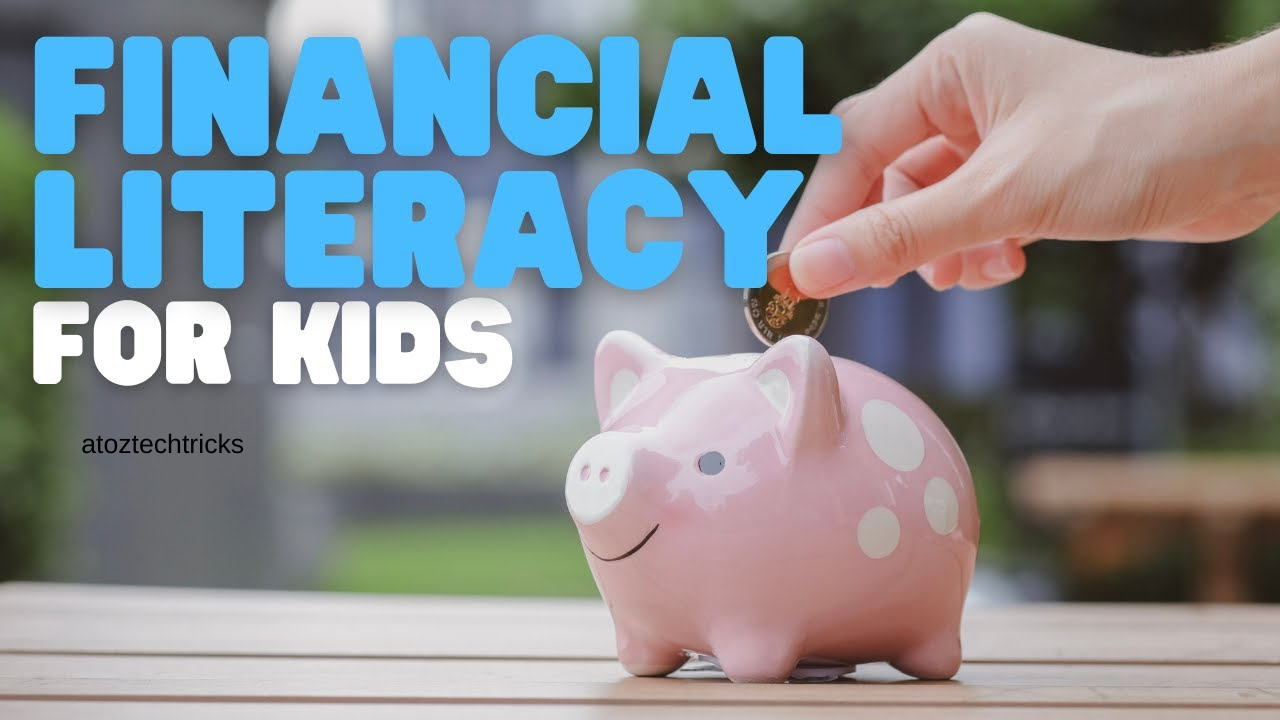Investing in Real Estate: A Comprehensive Guide to Building Wealth
Investing in real estate has long been a popular method for building wealth and securing financial stability. With the potential for significant returns, the ability to leverage assets, and various tax benefits, real estate offers a range of opportunities for investors. This guide explores the fundamentals of real estate investing, various strategies, and key considerations for both novice and experienced investors.
1. Understanding Real Estate Investing
Real estate investing involves purchasing, owning, managing, and selling property for profit. Unlike other investment types such as stocks or bonds, real estate provides the advantage of tangible assets and can generate income through rental properties, appreciation, and various other methods.
1.1 Types of Real Estate Investments
There are several types of real estate investments, each with unique characteristics, benefits, and risks. Here are the primary categories:
1.1.1 Residential Real Estate
Residential real estate involves properties intended for living purposes. This category includes single-family homes, multi-family units (like duplexes and apartment buildings), and vacation rentals.
Choosing Between Active and Passive Investing: A Comprehensive Guide
Benefits:
- Steady Demand: People always need a place to live, providing a reliable rental income stream.
- Appreciation: Residential properties often appreciate over time, leading to potential profit upon sale.
- Tax Benefits: Investors can benefit from deductions such as mortgage interest and property taxes.
Risks:
- Vacancies: Periods without tenants can lead to loss of rental income.
- Maintenance Costs: Ongoing maintenance and repairs can reduce profitability.
- Market Fluctuations: Property values can fluctuate based on the housing market.
1.1.2 Commercial Real Estate
Commercial real estate includes properties used for business purposes. This category encompasses office buildings, retail spaces, industrial warehouses, and more.
Benefits:
- Long-Term Leases: Commercial properties often come with longer lease terms, providing stable income.
- Higher Returns: Generally, commercial properties offer higher rental yields compared to residential properties.
- Triple Net Leases: In some cases, tenants cover property expenses like maintenance and taxes, reducing the investor’s financial burden.
Risks:
- Economic Sensitivity: Commercial real estate can be more sensitive to economic downturns, impacting tenant stability.
- Higher Initial Investment: Commercial properties often require a larger capital investment.
- Vacancy Costs: Finding new tenants can be more challenging and time-consuming.
1.1.3 Industrial Real Estate
Industrial real estate includes properties used for manufacturing, distribution, and warehousing. These properties are crucial for businesses that need space for operations or storage.
Benefits:
- Stable Tenants: Industrial properties often attract long-term tenants with stable operations.
- Less Wear and Tear: Industrial properties generally experience less wear and tear compared to residential properties.
- High Demand: The growth of e-commerce has increased demand for industrial spaces.
Risks:
- Specialized Use: Industrial properties can be less versatile and may require significant modifications for other uses.
- Economic Impact: Industrial sectors can be affected by economic downturns, impacting rental income.
1.1.4 Real Estate Investment Trusts (REITs)
REITs are companies that own, operate, or finance income-producing real estate across various sectors. Investors can buy shares of REITs through stock exchanges, similar to other stocks.
Benefits:
- Liquidity: REITs offer liquidity as they are traded on public exchanges, making it easier to buy and sell shares.
- Diversification: Investing in REITs provides exposure to a diversified portfolio of real estate assets.
- Income Distribution: REITs are required to distribute a significant portion of their income as dividends, providing regular income.
Risks:
- Market Volatility: REIT shares can be subject to market fluctuations.
- Less Control: Investors in REITs have less control over the specific properties in which they invest.
1.1.5 Vacation Rentals
Vacation rentals are properties rented out to tourists or short-term visitors. These properties can be found in popular travel destinations and are typically rented through platforms like Airbnb or Vrbo.
Benefits:
- High Rental Income: Vacation rentals can command higher nightly rates compared to long-term rentals.
- Flexibility: Owners can use the property for personal vacations when not rented.
- Demand Fluctuations: In popular destinations, demand for vacation rentals can be high.
Risks:
- Seasonality: Rental income may vary based on the time of year and tourist season.
- Management Intensity: Managing vacation rentals can be more time-consuming, requiring frequent guest communication and property maintenance.
- Regulatory Issues: Local regulations on short-term rentals can impact profitability.
:max_bytes(150000):strip_icc()/mortgage-real-estate-investing-guide-4222543-v1-b49c49405ee14779adb25d2879411414.png)
2. Real Estate Investment Strategies
Various strategies can be employed to maximize returns in real estate investing. Here are some of the most popular approaches:
2.1 Buy and Hold
The buy-and-hold strategy involves purchasing a property and holding it for an extended period to benefit from rental income and property appreciation.
Benefits:
- Long-Term Appreciation: Properties generally increase in value over time.
- Rental Income: Steady rental income can provide financial stability.
- Tax Advantages: Investors can benefit from tax deductions and depreciation.
Risks:
- Property Management: Requires ongoing management and maintenance.
- Market Fluctuations: Property values can fluctuate based on market conditions.
- Liquidity: Selling a property can take time, impacting liquidity.
2.2 Fix and Flip
The fix-and-flip strategy involves purchasing distressed properties, renovating them, and selling them at a profit. This approach focuses on short-term gains rather than long-term ownership.
Benefits:
- Potential for High Returns: Successfully renovated properties can yield significant profits.
- Quick Turnaround: Properties are sold relatively quickly, allowing for faster reinvestment.
- Market Adaptability: Investors can adjust renovation strategies based on market demand.
Risks:
- Renovation Costs: Unexpected repair costs can impact profitability.
- Market Timing: Fluctuations in the real estate market can affect the selling price.
- Time Constraints: The renovation and selling process can be time-consuming.
2.3 Real Estate Development
Real estate development involves purchasing land, developing it, and selling or leasing the finished properties. This strategy can include residential, commercial, or mixed-use developments.
Benefits:
- High-Profit Potential: Development projects can offer substantial returns if executed successfully.
- Control: Investors have significant control over the design and use of the property.
- Market Demand: Development projects can meet specific market needs, increasing profitability.
Risks:
- High Capital Requirement: Development projects often require substantial investment.
- Regulatory Challenges: Navigating zoning laws and building codes can be complex.
- Project Delays: Construction delays and unforeseen issues can impact timelines and costs.
2.4 Rental Arbitrage
Rental arbitrage involves renting a property long-term and then subletting it on a short-term basis, such as through Airbnb or Vrbo. This strategy allows investors to earn rental income without owning the property.
Diversifying Your Investment Portfolio: A Comprehensive Guide
Benefits:
- Low Initial Investment: Requires less capital compared to purchasing property.
- Flexibility: Investors can test different markets without long-term commitments.
- Income Potential: Short-term rentals can generate higher income compared to long-term leases.
Risks:
- Lease Agreements: Subletting may violate lease agreements or local regulations.
- Management: Requires active management of the rental property.
- Market Variability: Income can fluctuate based on seasonality and local demand.
2.5 Wholesaling
Wholesaling involves finding distressed properties, securing them under contract, and selling the contract to other investors at a higher price. This strategy focuses on the transaction rather than property ownership.
Benefits:
- No Property Ownership: Requires no ownership or management of the property.
- Quick Profits: Can generate profits through contract sales without long-term involvement.
- Low Capital Requirement: Requires minimal capital compared to buying and holding properties.
Risks:
- Finding Buyers: Success depends on finding investors willing to purchase contracts.
- Contractual Risks: Ensuring contracts are legally sound and enforceable is crucial.
- Market Knowledge: Requires a deep understanding of local real estate markets.

3. Key Considerations for Real Estate Investors
Successful real estate investing requires careful planning and consideration of various factors. Here are some key considerations to keep in mind:
3.1 Market Research
Understanding the real estate market is crucial for making informed investment decisions. Research factors such as:
- Local Market Trends: Analyze property values, rental rates, and market demand in the area.
- Economic Indicators: Consider economic factors that impact real estate, such as employment rates and population growth.
- Neighbourhood Analysis: Evaluate the neighbourhood’s appeal, amenities, and potential for future development.
3.2 Financing Options
Securing financing is a critical aspect of real estate investing. Options include:
- Traditional Mortgages: Conventional loans from banks or credit unions.
- Hard Money Loans: Short-term, high-interest loans from private lenders.
- Private Investors: Funding from individuals or investment groups.
- Home Equity Loans: Loans secured by the equity in your existing property.
3.3 Property Management
Effective property management is essential for maintaining rental income and property value. Consider:
- Property Maintenance: Regular upkeep and repairs to ensure the property remains in good condition.
- Tenant Relations: Effective communication and management of tenant needs and concerns.
- Rental Pricing: Setting competitive rental rates based on market conditions and property features.
3.4 Legal and Tax Considerations
Understanding legal and tax implications is crucial for successful real estate investing:
- Legal Requirements: Familiarize yourself with local regulations, zoning laws, and landlord-tenant laws.
- Tax Benefits: Take advantage of deductions such as mortgage interest, property taxes, and depreciation.
- Entity Structure: Consider forming a legal entity, such as an LLC, to protect personal assets and manage liability.
3.5 Risk Management
Managing risks is essential for protecting your investment and minimizing potential losses:
- Insurance: Obtain appropriate insurance coverage for property damage, liability, and other risks.
- Diversification: Avoid putting all your investments in one property or market to spread risk.
- Market Fluctuations: Be prepared for market downturns and have a strategy for managing financial challenges.
3.6 Exit Strategies
Having an exit strategy is crucial for realizing profits and managing investments:
- Selling: Plan for when and how to sell properties based on market conditions and personal goals.
- Refinancing: Consider refinancing options to access equity or reduce mortgage payments.
- 1031 Exchange: Use a 1031 exchange to defer taxes by reinvesting in a similar property.

Investing in real estate offers a wealth of opportunities for building wealth and achieving financial stability. By understanding different types of real estate investments, employing effective strategies, and carefully considering key factors, investors can navigate the complexities of the real estate market and work towards their financial goals. Whether you’re interested in residential properties, commercial ventures, or innovative investment methods, real estate remains a versatile and rewarding field for those willing to put in the effort and expertise required for success.




Post Comment